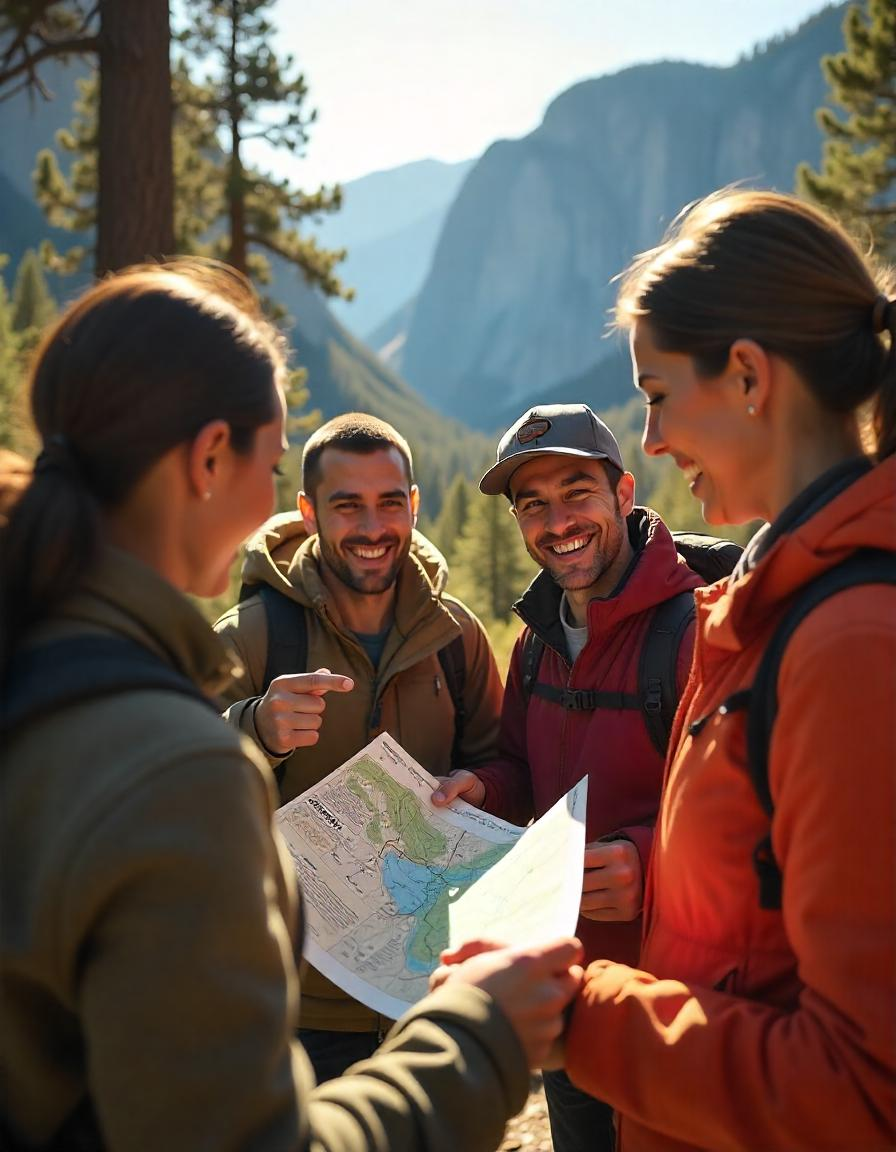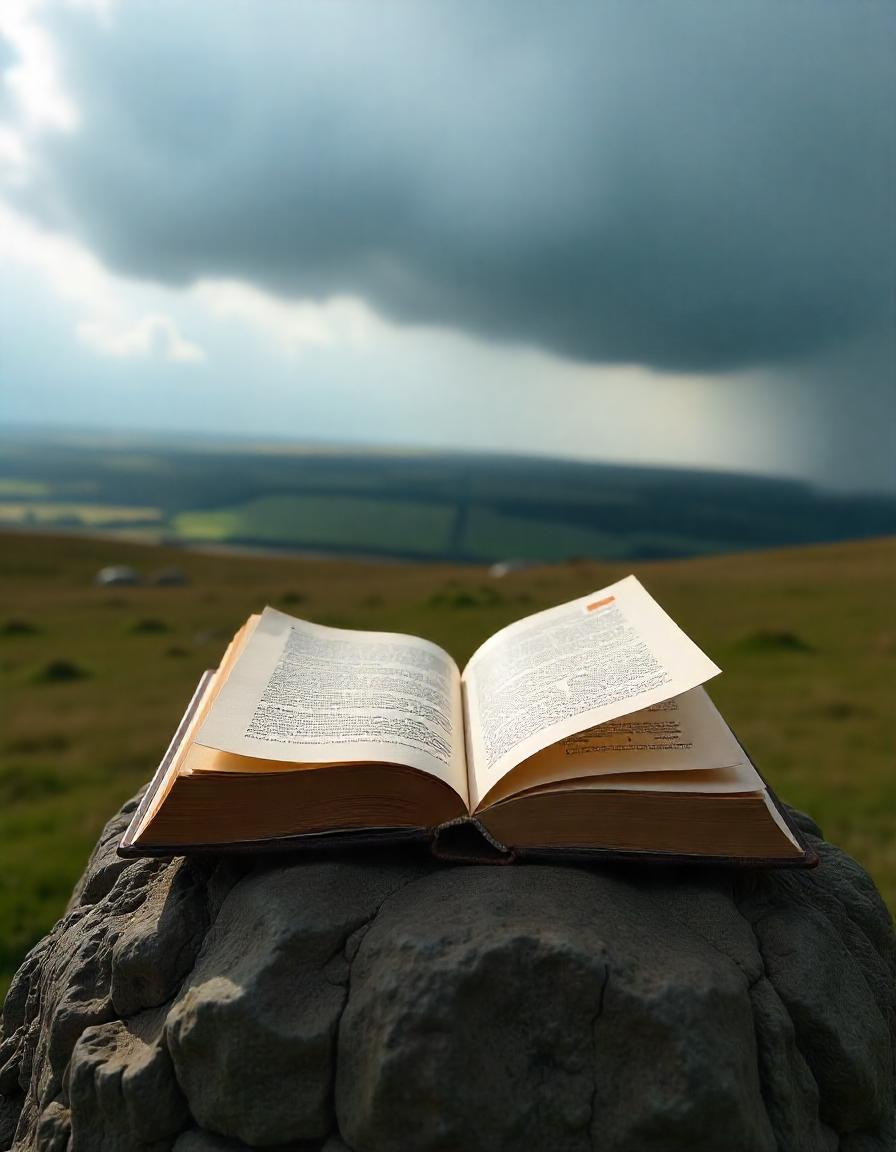Venturing into the outdoors is an exciting way to reconnect with nature, challenge yourself, and gain unforgettable experiences. However, outdoor activities come with their own set of risks. With the right preparation and knowledge, you can minimize these risks and enjoy your adventures to the fullest. Here’s a guide packed with practical safety advice for outdoor activities—from hiking and climbing to kayaking and camping.
Plan Your Adventure Thoroughly
Preparation is key to a safe and successful outdoor experience. Here’s how to start:
- Research the Area
Study the location and its features. Understand the terrain, weather patterns, and potential hazards. Maps, guidebooks, and online resources can provide valuable insights. - Set a Realistic Itinerary
Choose routes or activities that match your skills, fitness level, and timeframe. Avoid overestimating what you can do in a day, as fatigue can lead to accidents. - Inform Someone About Your Plans
Always tell a friend or family member where you’re going and when you expect to return. This way, if something goes wrong, help can be sent your way. - Check Regulations and Permits
Certain areas may have specific guidelines, such as restrictions on camping or fire usage. Adhering to local rules helps preserve nature and keeps you safe.
Pack the Right Gear
Carrying the correct equipment can make all the difference:
- Navigation Tools
Always have a detailed map, compass, or GPS device. Make sure you know how to use them before heading out. Don’t rely solely on smartphone apps, as battery life may fail you in remote areas. - Appropriate Clothing
Dress in layers to prepare for fluctuating temperatures. Waterproof jackets, moisture-wicking base layers, and sturdy footwear are essential for various terrains. - Safety Equipment
Pack a whistle, multi-tool, flashlight, and a basic first aid kit. These items are invaluable in emergencies. - Sufficient Food and Water
Bring high-energy snacks and enough water to last the duration of your trip. If you’re in remote areas, consider carrying a portable water filter or purification tablets. - Emergency Supplies
Always have an emergency blanket, extra battery packs, and a fire starter. These can prove lifesaving in unexpected situations.
Pay Attention to Weather
The weather can transform a pleasant outing into a risky endeavor. Here’s how to prepare:
- Monitor Weather Reports
Check the forecast multiple times leading up to your trip. Be ready to cancel or change plans if severe weather, such as storms or extreme heat, is predicted. - Recognize Signs of Weather Changes
Clouds gathering on the horizon, sudden wind shifts, or dropping temperatures may signal incoming weather changes. Be prepared to adjust your route or seek shelter. - Dress for All Possibilities
Darting between sunshine and rain is common in outdoor settings. Keep waterproof gear and insulation on hand, even if the forecast looks clear.
Know the Basics of Survival
A routine outing can turn challenging if you get lost or injured. Here’s how to stay ready:
- Be Map-Aware
Regularly refer to your map or GPS to track your location. Pay attention to landmarks to maintain a sense of direction. - Pace Yourself
Overexertion can lead to injuries. Take regular breaks to rest and hydrate, especially if you’re tackling intense physical activities. - Recognize and Treat Symptoms
Know how to identify dehydration, hypothermia, and heat exhaustion. Carry basic first aid supplies to address minor incidents like cuts or blisters. - Have a Communication Plan
If possible, bring a device like a personal locator beacon (PLB) or satellite phone if heading into remote locations. These devices can send distress signals when traditional communication fails.
Stay Aware of Your Surroundings
Maintaining awareness is a critical aspect of staying safe:
- Wildlife Precautions
Learn about the animals in the area and how to safely avoid unwanted encounters. Store food securely to avoid attracting them. For example, in bear territory, hang food away from campsites. - Trail Hazards
Assess paths for instability. Loose rocks, muddy patches, or icy sections can all pose risks. - Group Awareness
If you’re in a group, regularly check on each other. Stay together and watch for signs of fatigue or distress in others.
Stay Calm in Emergencies
Unexpected challenges are part of exploring the wild. Here’s how to handle them:
- Assess the Situation
Stay calm and evaluate the problem. Panic leads to poor decision-making. - Signal for Help
Use your whistle, flashlight, or signaling mirror to attract attention if necessary. Three short bursts on a whistle is the universal distress signal. - Conserve Energy
If you’re waiting for help, conserve your strength by staying in one place. Use an emergency blanket or shelter to keep warm. - Stay Positive
A strong attitude helps you focus and adapt to difficulties. Remind yourself of the resources and training you have.
Why Outdoor Safety Matters
Playing it safe outdoors isn’t about eliminating risk entirely but managing it wisely. Preparedness and mindfulness allow you to explore the world around you with confidence. Whether you’re conquering a mountain peak, walking through nature trails, or paddling across a serene lake, these outdoor safety tips will make your adventures as safe as they are exhilarating.
Stay prepared, stay aware, and enjoy your next outdoor adventure to the fullest!



